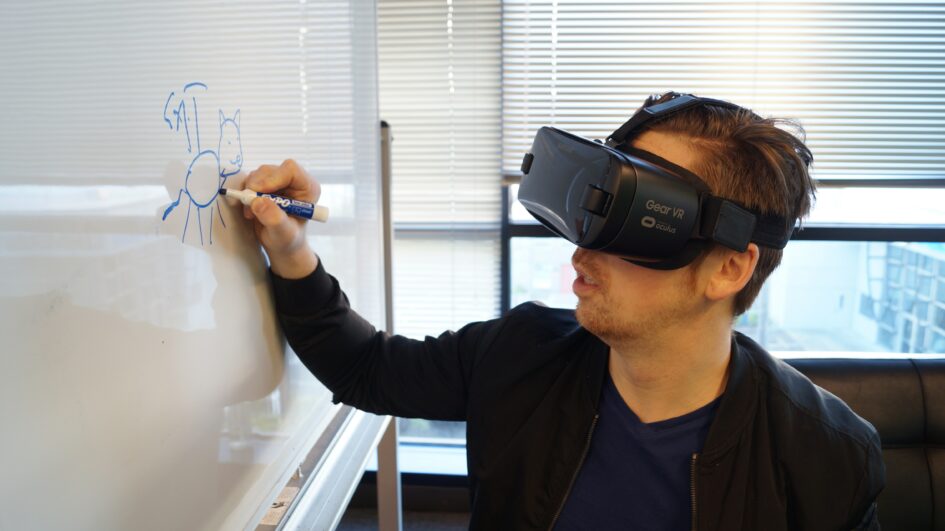Virtual Reality
Different Types:
- Virtual Reality (VR): 360 degree view.
2. Augemented Reality: (Example = car speedometer)
3. Extended Reality: Merges Virtual and Augmented reality (XR). Very expensive. Therapy for military, fighter pilots can see through there plane.
VR headset Types:
a) Stand Alone: The headset is a computer and has all of the processing and tracking hardware on the headset. (Inside out tracking).
b) Tethered: Example = Play station VR. The processor is offloaded onto the playstation. Usually they are corded. (Outside in tracking). Here he has a camera tracking him not the other way around.
Playstation VR:
Pros: Engrossing and novel, hands on learning in new ways, and technology continues to advance high performance.
Cons: Outdated hardware and software (2017), Immobile, gaming bias, motion sickness, expensive (450), and arduous setup.
Meta Quest 2:
- Released in 2020 and Disrupted the market.
- Educational applications: Librarium, hand physics lab, nanome, star chart.
Pros: Simple set up but have to set it up every time, portable, affordable ($399), diverse software, less gaming bias, more of a computer then a gimmick, and software support.
Cons: lower computing power (4h), potentially distracting for students, one at a time, educational software still limited, and limited support for people with physical limitations.
Example of Hands Physic Lab Using Meta Quest
I absolutely loved this presentation and I am now not to afraid of Virtual Reality! I think it would be such a great learning opportunity for students and extremely memorable for them!
Chelsea

Leave a Reply
You must be logged in to post a comment.